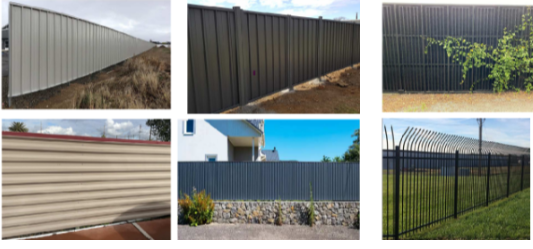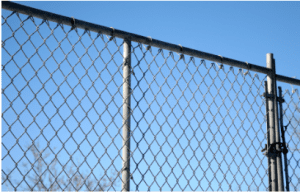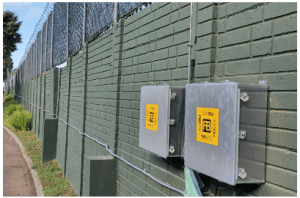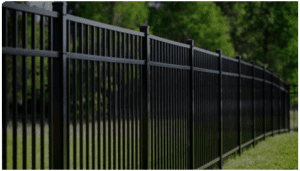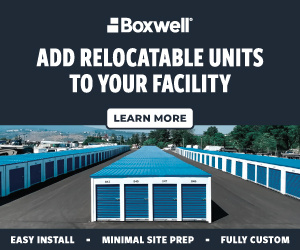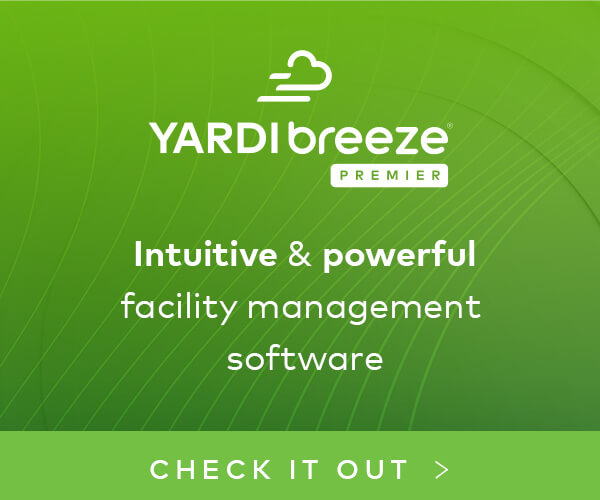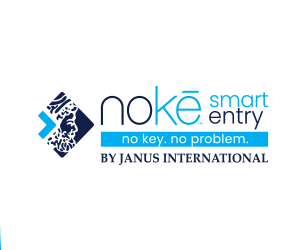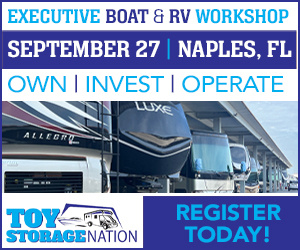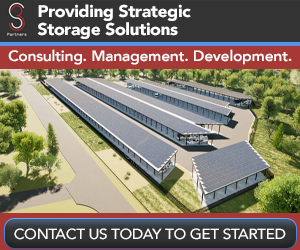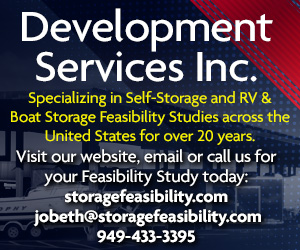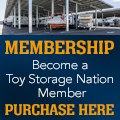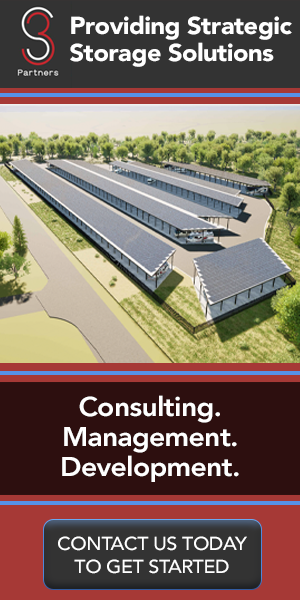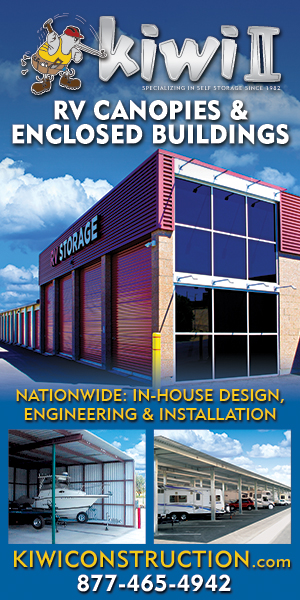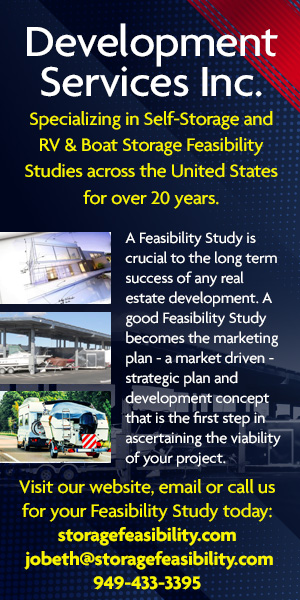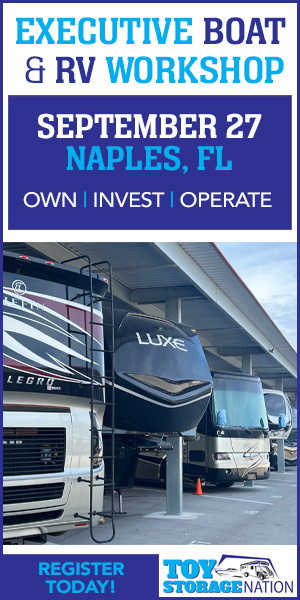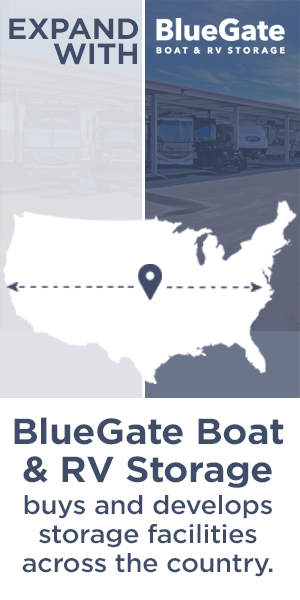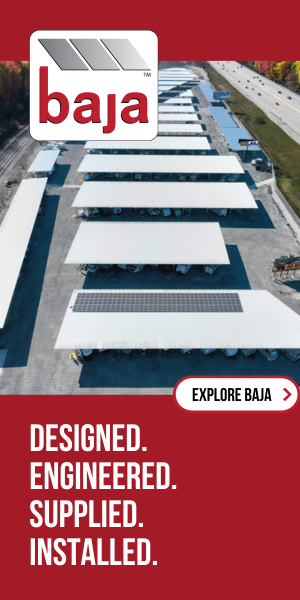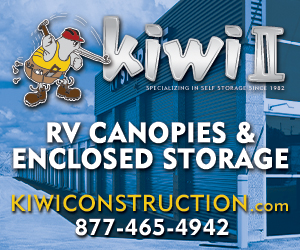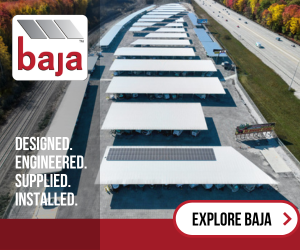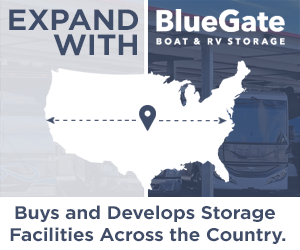By Chris Koenig
This week was Inside Self-Storage’s World Expo in Las Vegas with the bustling Toy Storage Nation show on the tail end of the week. I had the privilege to speak to 120+ attendees at the Toy Storage Nation show about security and technology. One security measure I highlighted in this presentation, which received a lot of attention, was perimeter fencing ideas and designs.
Perimeter fencing is something that must be well-thought-out from the early stages of site-planning and development. While it is easy to get caught in the proforma infatuation with the cost of chain-link fencing (even splurging a little to add slats), I must strongly urge against this attractive, mediocre design detail! To achieve the Class-A, executive-level facility we must consider extraneous factors beyond cost and think about customer perception of the safety of their toy!
When lenders, investors, friends, family and pretty much all of society hears the phrase “RV and Boat Storage,” the mental image is a gravel lot with a manual-rolled gate and perimeter fencing comprised of rusty chain-link and razor wire garnishing the top – a lovely piece of Class-C real estate that still generates cashflow against all odds. We need to do better than this for our Class-A facilities, and there are simple, cost-effective solutions to achieve a higher value for customers that won’t obliterate your development budget.
Fence Design Considerations
A solid fence with no visibility into the site is critical (chain-link with slats does not accomplish this). Can you see through the fence? It’s a simple Yes or No answer. “Maybe” or “Kind of, if you get reeeeeeaaaal close” is a Yes and won’t work for us. Our options are simple:
Block Wall (CMU, Split-Face, etc.): From my experience this is expensive but is certainly more ‘indestructible’. Seeing as we aren’t in the middle of a Keanu Reeves thriller (including John Wick, The Matrix or The Speed franchises) I don’t think we need to worry as much about high-speed chases crashing through our facility’s perimeter fence. Today I realized Keanu Reeves’ movies are quite destructive. If you are dead-set on a block wall or the Jurisdiction Having Authority (JHA, aka the planning department) is requiring it per code, then I would suggest still fighting it with the alternatives below.
Wrought Iron: I am a fan of this along the frontage/customer-interface/public-view as it can get expensive along the full perimeter where its aesthetic benefits might not be needed. Your gate should/will be wrought iron with sheet metal screwed on behind (I suggest small holes spaced out as much as possible to minimize visibility); metal backing is a code requirement, so limbs don’t get impaled from the automatic gates. The rest of the wrought iron frontage should have a full sheet-metal backing (no holes/no visibility); which is a top-notch look and I suggest planting vines at the base to provide that dichotomy of metal and vegetation. I have included photos as examples, and I strongly suggest including these photo examples in your planning application to the JHA. A picture tells 1,000 words, right?
My favorite child right here and all the other children know it. This is by far our most cost-effective solution for providing a fully screened perimeter fence and deterring theft/intrusion. The JHA will have its own restrictions, but this should be 8-10ft tall (taller the better); I have seen as tall as 14ft! Depending on the height, soil and wind, you might need to have this fence structurally engineered – something to keep in mind but don’t let this be a deal breaker. What I have done is a 6”-9” curb at the base with a 9ft sheet metal fence on top (see photos). This accomplishes several project benefits: (a) I can pave right up to the curb for a clean finish; (b) my site is more rodent/dirt/debris proof along the perimeter. These items, as well as thieves, can easily get through chain-link; and (c) gives me a nice solid perimeter wall of about 10ft!
I spec out one of the many MBCI or similar 3-foot-wide sheet metal panels, installed horizontally and screwed to my posts which are 8ft-10ft on-center. This will require three panels installed horizontally to achieve the maximum height we are seeking. I considered perforated sheet metal as an option, but this was more expensive as it requires a pass through the perforation machine and then doesn’t provide a full-screen. Final Pro-tip here, if possible, include several fence photos/examples in your plans/approvals so that you have flexibility later if your costs creep too high and you need to make some design considerations.
I wish you the best of luck on your future Class-A RV & Boat storage development. Have fun picking out perimeter fencing designs.
Chris Koenig is Managing Member of Kingsland Companies LLC, a self-storage and RV/Boat storage development, investment and management company.
To learn more great tips about the industry from Chris Koenig, sign up for an upcoming Toy Storage Nation Executive Workshop. Check our website regularly to find workshops nearest you throughout the year. In the meantime, TSN is grateful for Chris’s most recent presentation at the Executive Workshop in Las Vegas, April 14, when Chris led a presentation to address the following hot topics:
- Why it’s important to provide customers a fully automated move-in experience.
- How to go from a Class A to Class A+ Boat & RV facility with technology.
- How technology has improved the tenant onboarding experience and what it means to operators.









